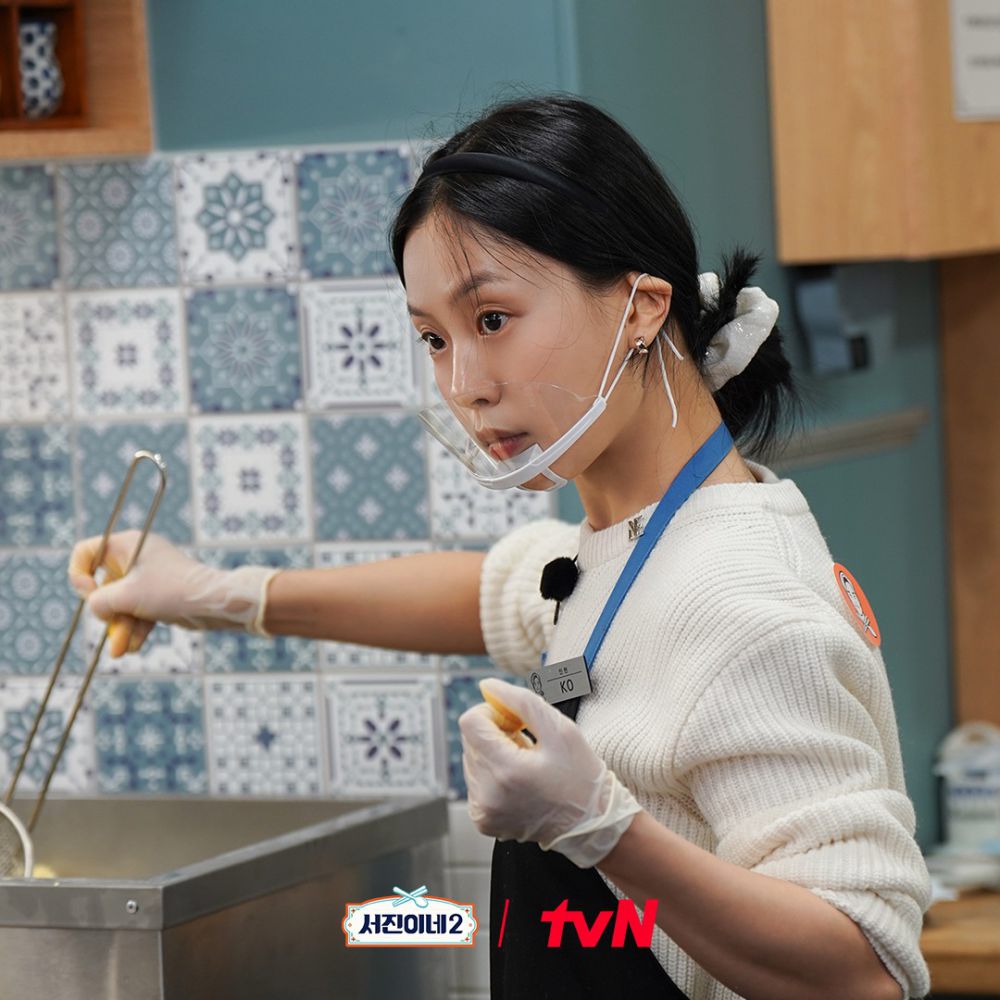The Korean variety show Jinny’s Kitchen is back with its second season, this time set in the picturesque landscape of Iceland. The show revolves around the challenge of building a restaurant business from scratch to introduce Korean cuisine to an international audience. Here, we delve into five key takeaways from the show that can inspire your strategy in the culinary business.
1. Choosing a Strategic Restaurant Location

One of the standout strategies from Jinny’s Kitchen 2 is the selection of its location in Iceland. Being the first Korean restaurant in a region close to popular tourist attractions, it naturally drew attention from both locals and tourists. The result? A full house on the very first day with customers eager to try out Korean dishes.
Choosing a strategic location is crucial for any restaurant business. It not only ensures a steady flow of customers but also helps in building a unique identity in a new market. For aspiring restaurateurs, this highlights the importance of research and understanding the local dynamics before setting up shop.
2. Fostering Teamwork and Cooperation

The success of Jinny’s Kitchen is a testament to the power of teamwork and cooperation. Led by Lee Seo Jin, the team, including Jung Yu Mi, Park Seo Joon, Choi Woo Shik, and Go Min Si, displayed remarkable synergy. Whether in the kitchen or the dining area, each member knew their role and performed it with precision.
Effective teamwork is essential in the restaurant industry. Encouraging a positive work environment where team members support and appreciate each other can significantly enhance productivity and service quality. This not only leads to better customer satisfaction but also boosts employee morale and retention.
3. Implementing Clear and Precise Leadership

Lee Seo Jin’s leadership in Jinny’s Kitchen 2 was pivotal. His ability to give clear and precise commands ensured smooth operations, even during the busiest times. By assigning specific roles and responsibilities to team members, he avoided overlaps and confusion, making the service process efficient and error-free.
For any restaurant, strong leadership is indispensable. A good leader knows how to delegate tasks effectively, communicate expectations clearly, and motivate their team. This level of organization is vital for maintaining high standards of service and ensuring a seamless dining experience for customers.
4. Prioritizing Customer Service and Satisfaction

Customer service is at the heart of Jinny’s Kitchen 2. From offering free drinks to customers waiting for a table to promptly responding to requests for extra seaweed, the team went above and beyond to ensure customer satisfaction. Their attentiveness and willingness to go the extra mile created a welcoming atmosphere that customers appreciated.
In the competitive restaurant industry, exceptional customer service can set you apart. Making customers feel valued and cared for encourages repeat visits and positive word-of-mouth. Training staff to be attentive, polite, and responsive to customer needs is a worthwhile investment for any restaurant business.
5. Maintaining Quality and Cleanliness

The commitment to quality and cleanliness in Jinny’s Kitchen 2 is exemplary. The team consistently used fresh, high-quality ingredients and adhered to strict hygiene protocols, such as wearing gloves and mouth covers while cooking and washing hands diligently.
Maintaining high standards of quality and cleanliness is non-negotiable in the restaurant business. It not only ensures the health and safety of your customers but also fosters trust and loyalty. Customers are more likely to return to a restaurant where they feel confident in the quality and cleanliness of the food and environment.
Implementing these five tips from Jinny’s Kitchen 2 can significantly enhance your restaurant business, ensuring customer satisfaction and high sales profits. The show’s emphasis on strategic location, teamwork, clear leadership, excellent customer service, and strict quality and cleanliness standards provides a valuable blueprint for success in the culinary world.
